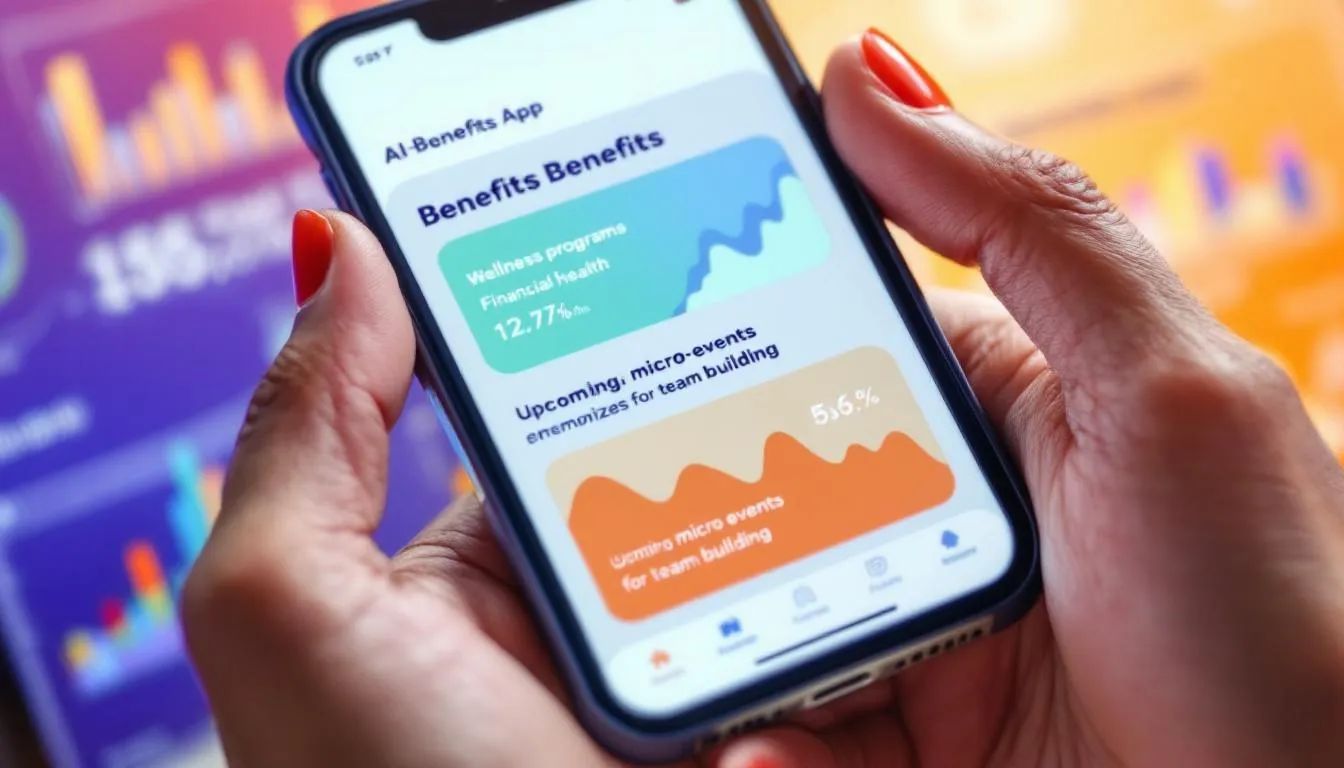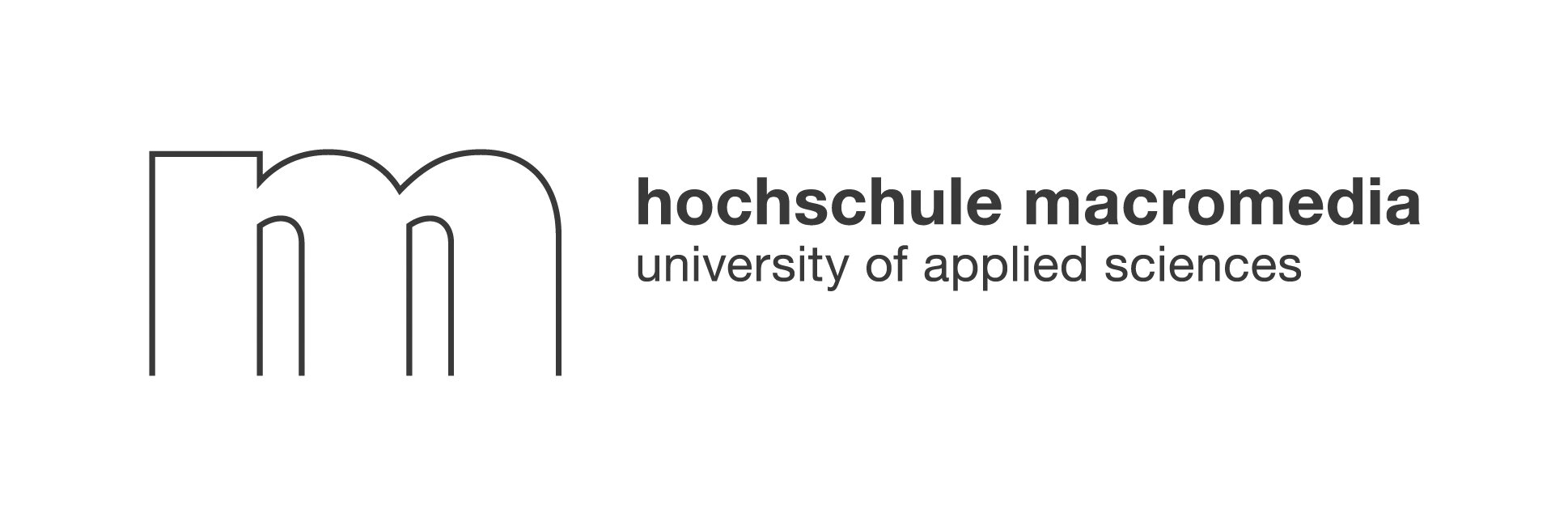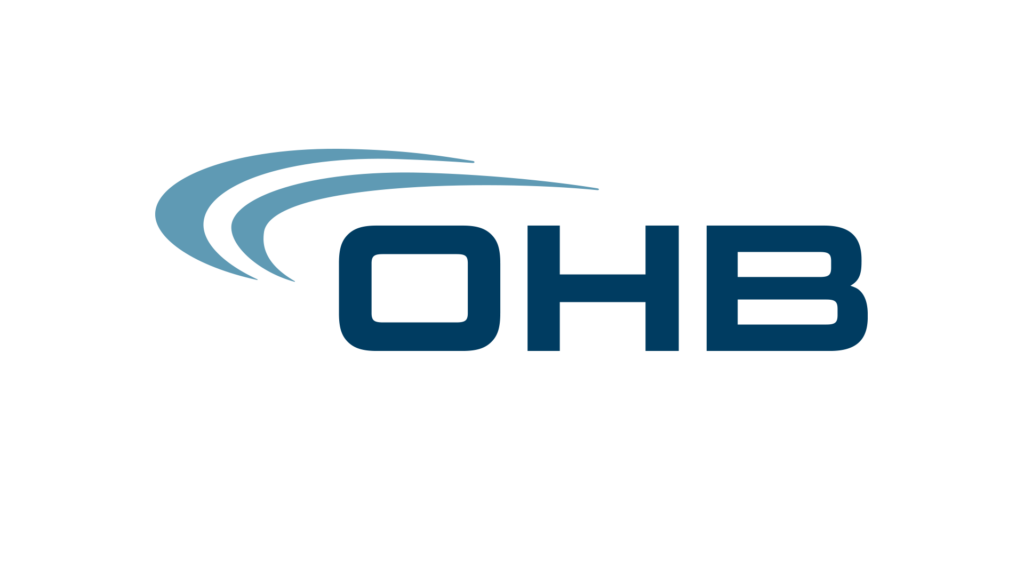Choosing among employee benefits companies used to be a straightforward, even routine, HR decision. But in 2025, the landscape has shifted dramatically. Today’s teams are hybrid, expectations are sky-high, and the definition of “well-being” keeps evolving. As organizations strive to attract and retain top talent, the right benefits partner can make or break your workplace culture. But what if the traditional model—standardized perks, one-size-fits-all plans—no longer fits the way we actually work and connect?
Let’s explore how employee benefits companies are evolving, why new entrants like Neroia are redefining what’s possible, and how you can select a partner that truly elevates your team.
1. Why Employee Benefits Companies Matter More Than Ever
The post-pandemic talent landscape
The pandemic didn’t just change where we work; it transformed what employees expect from work itself. Flexibility, purpose, and authentic connection now top the wish list. According to a 2024 Maven survey, more than half of employees would consider switching companies for better benefits. In a hybrid or remote-first world, employee benefits companies are no longer “nice to have”—they’re essential for attracting, engaging, and retaining talent.
"A ping-pong table and free snacks won’t earn you a 'best companies to work for' badge anymore. As the healthcare landscape changes, so do expectations when it comes to employee benefits."
— Nava Benefits, 2025
Cost vs. value: the hidden math of benefits
On paper, benefits are a cost center. But the value equation is more subtle. A well-designed benefits program can reduce turnover, boost productivity, and create a magnetic employer brand. The best employee benefits companies help you balance cost efficiency with maximum impact, offering flexibility, personalization, and measurable ROI. The real question isn’t “How much do we spend?” but “How much value do our people feel?”
2. What Exactly Do Employee Benefits Companies Do?

Administration platforms vs. full-service brokers
Employee benefits companies come in two main flavors. Some are tech-first platforms that automate enrollment, compliance, and reporting. Others are full-service brokers, offering hands-on consulting, plan design, and vendor management. Many now blend both, giving you a dashboard for day-to-day tasks and expert guidance for strategic decisions.
Core services: enrollment, compliance, data & analytics
At their core, these companies streamline:
- Open enrollment and life event changes
- Benefits compliance and regulatory updates
- Data management and reporting for HR and leadership
- Integration with payroll, HRIS, and wellness tools
Add-ons: wellbeing, DEI and global coverage
The most innovative employee benefits companies have expanded far beyond health insurance and retirement plans. Add-ons now include:
- Holistic wellness (mental, physical, financial health)
- Diversity, equity, and inclusion (DEI) programs
- Global coverage for distributed teams
- Social engagement and micro-events that foster true connection
3. 10 Stand-Out Employee Benefits Companies in 2025
Here’s a snapshot of leading players and how they’re reshaping the field:
These companies all address the basics—but only some tackle the deeper challenge: fostering meaningful, organic connections in a hybrid world.
4. How to Evaluate Employee Benefits Companies
Selecting the right partner isn’t just about ticking boxes. Consider these factors:
Budget alignment and fee models
- Do they offer transparent, scalable pricing?
- Are there hidden fees for integrations or add-ons?
- Can you flex benefits as your team grows or changes?
Tech stack compatibility and APIs
- Will the platform play nicely with your HRIS, payroll, and wellness tools?
- Is there support for open APIs, or are you locked in?
- How easily can you pull actionable data?
Service levels: DIY, guided or fully managed?
- Do you want a self-serve dashboard, hands-on support, or a mix?
- How responsive is their customer service?
- Can they support both HR teams and individual employees?
5. Trends Shaping Employee Benefits Companies in 2025
The best employee benefits companies don’t just follow trends—they set them. Here’s what’s driving the future:
AI-powered personalization and claims automation
AI is transforming how benefits are delivered and experienced. From Benepass’s chatbots that answer benefits questions instantly to Neroia’s AI-driven micro-event recommendations, personalization is no longer optional. Employees expect benefits to adapt to their needs, not the other way around.
Holistic wellbeing: mental, financial and social health
Wellbeing now means more than gym discounts. Platforms like Wellhub and Carrot Fertility offer mental health support, financial coaching, and family-building resources. But the next frontier is social health—helping employees build real relationships, not just checklists of perks.
Global compliance in a remote-first world
As teams spread across borders, compliance gets complex. Companies like Velocity Global and ADP Workforce Now are making it easier to offer consistent, localized benefits while staying on the right side of regulations.
6. Partnering for Success: Implementation Best Practices
Rolling out a new benefits platform is a journey, not a one-off project. Follow these steps for a smooth transition:
- Benchmark, survey, repeat
Start by benchmarking your current offerings and surveying employees. What do they actually value? Repeat this process annually to stay ahead. - Pilot programs and phased roll-outs
Test new features—like AI-driven micro-events or wellness stipends—with a small group before scaling. Gather feedback and iterate. - Internal comms that drive adoption
Clear, upbeat communication is essential. Use videos, FAQs, and peer champions to make adoption effortless.
7. Measuring ROI After Switching Providers

How do you know if your new benefits partner is delivering? Track these metrics:
Engagement & enrollment metrics to watch
- Enrollment rates in core and optional benefits
- Participation in wellness and social programs
- Employee feedback and satisfaction scores
Hard-cost savings and risk reduction
- Reduced administrative time and errors
- Lower turnover and absenteeism
- Fewer compliance penalties
Long-term impact on retention and employer brand
- Improved retention rates
- Higher quality candidate pipelines
- Stronger sense of belonging and loyalty
Why Traditional Employee Benefits Companies Often Fall Short
Despite advances, many employee benefits companies still struggle to deliver truly engaging, personalized solutions—especially in hybrid and remote environments. Here’s why:
- Standardized offerings: Most platforms focus on checklists of perks, not on curating experiences that bring people together.
- Lack of social connection: Remote and hybrid teams risk isolation. Traditional benefits rarely address the need for organic, informal interactions.
- One-size-fits-all approach: Employees crave flexibility and personalization, but legacy platforms often deliver rigid, generic options.
This is where next-generation platforms like Neroia are making waves.
Neroia: Redefining Employee Benefits for the Hybrid Era
Neroia is leading a new class of employee benefits companies that put authentic connection at the heart of workplace well-being. Instead of relying on generic perks, Neroia uses AI to curate micro-events—small, interest-based gatherings like yoga sessions, cycling meetups, or cultural exchanges—tailored to each employee’s passions and schedule.
How Neroia’s AI Platform Stands Out
- Effortless discovery: Employees receive personalized invitations to micro-events (3-4 participants) that match their interests, creating natural opportunities for connection.
- AI-driven orchestration: Neroia’s platform automatically coordinates logistics, minimizes planning friction, and ensures privacy by using anonymized data for HR analytics.
- Seamless integration: The platform connects with existing wellness and engagement tools—think fitness apps, recognition platforms, and external resources—so employees get a unified, holistic experience.
- Flexible, adaptive design: Whether it’s a quick yoga break or a company run (as piloted at OHB), Neroia adapts to team size, location, and working patterns.
"Neroia’s approach makes it easy for employees to effortlessly discover authentic connections, breaking down silos and transforming workplace culture from the inside out."
Real-World Impact: OHB Pilot Examples
In pilot programs, teams using Neroia’s platform reported:
- Higher participation in wellness activities (like group yoga and running meetups)
- Stronger cross-departmental relationships
- Increased engagement and lower absenteeism
- Positive feedback on the ease and privacy of AI-driven event coordination
Past-Present-Future Commitment
Neroia’s mission is clear: replace generic, transactional benefits with organic, AI-driven experiences that foster belonging and well-being. The platform is constantly evolving, using anonymized analytics to refine recommendations and ensure every employee feels seen, valued, and connected.
How Neroia Aligns with 2025 Employee Benefits Trends
Neroia isn’t just keeping up—it’s setting the pace for the next generation of employee benefits companies:
- Personalized benefits: Like Paychex’s focus on flexibility, Neroia adapts to each employee’s preferences and schedule, making every interaction meaningful.
- Mental health support: Echoing Wellhub’s holistic approach, Neroia’s micro-events help reduce isolation, boost morale, and support mental well-being.
- AI-driven platforms: Building on innovations from Benepass and others, Neroia uses intelligent recommendations to maximize engagement and minimize admin work.
The Future: Breaking Silos, Building Culture
The workplace of 2025 needs more than perks—it needs vibrant, human connections. By leveraging the latest innovations from employee benefits companies and adding its own AI-powered twist, Neroia is helping organizations:
- Break down silos and foster authentic relationships
- Boost well-being, loyalty, and productivity
- Create a culture where every employee feels included and energized
"A benefits platform that seamlessly distributes the right mix of experiences and support can improve motivation, productivity, and job satisfaction for everyone."
If you’re ready to move beyond generic perks and empower your team with truly engaging, personalized benefits, Neroia offers a friendly, flexible solution designed for the hybrid era. Effortlessly discover how AI can transform your workplace culture—one authentic connection at a time.
Ready to experience the next generation of employee benefits companies? Discover how Neroia can help your team thrive and build a workplace where everyone feels connected, valued, and inspired.




